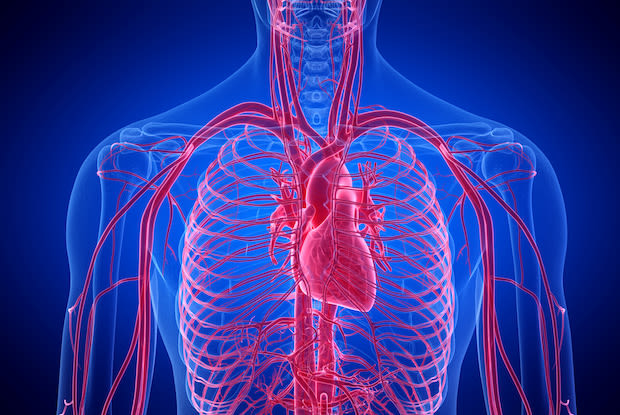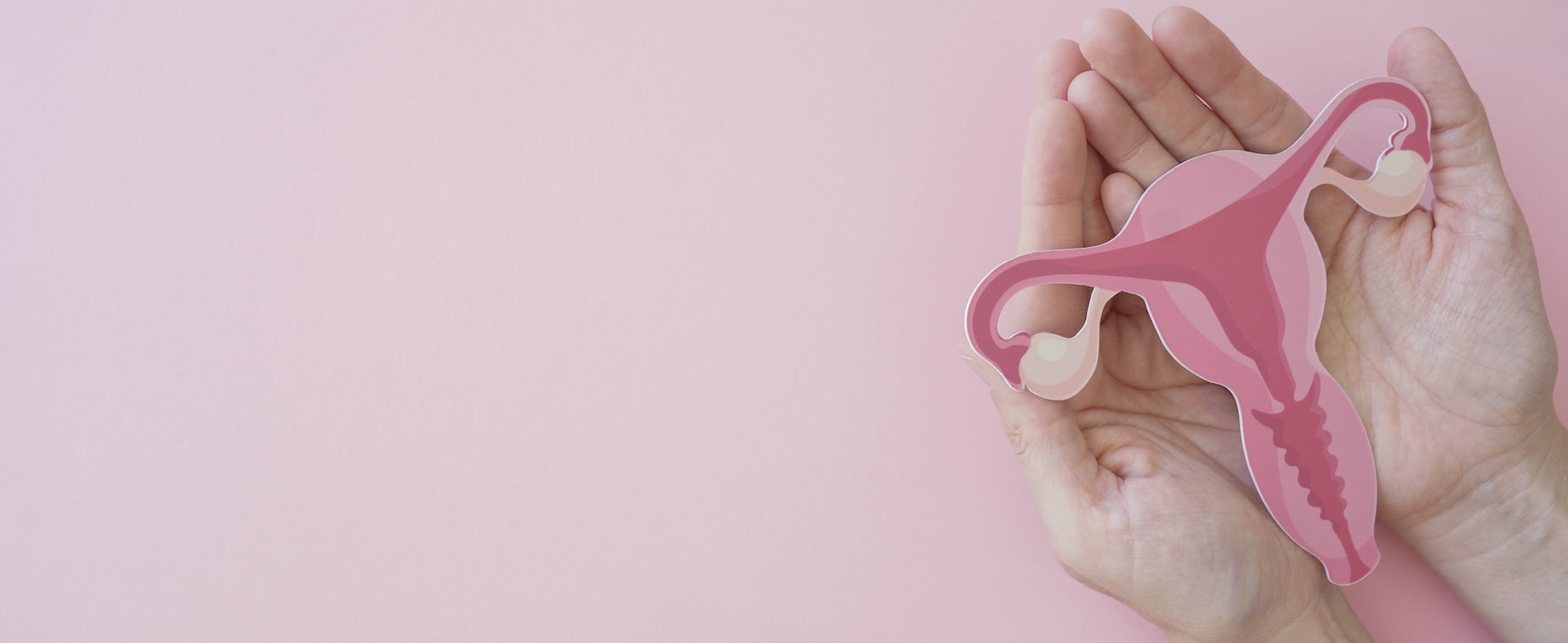Table of Contents
I. The history of hormone therapy
c. Topical creams, gels, and sprays
d. Vaginal suppositories, rings, and creams
V. Positive & negative side effects
The history of hormone therapy
In 1929, scientists discovered estrogen and the 3 different types that accompany a woman throughout her life. Estradiol is most common for women between their first menstruation and menopause. Estriol is the estrogen type present during pregnancy, and estrone takes over after menopause. Not long after its discovery, scientists soon figured out how to turn this hormone into a drug. In 1942, Premarin hit the shelves as a conjugated estrogen pill and proved effective in relieving symptoms of hot flashes and night sweats.
The introduction of Premarin was critical in the history of women’s health, and the drug even pre-dates the first hormonal birth control, which didn’t come along until 1960. The dosage of estrogen replacement drugs like Premarin has varied over the years. Its use is more monitored today, given that too much estrogen may cause certain types of cancers. Your doctor will prescribe to you the correct dosage and plan for your condition. [1]
Menopause & estrogen
Estrogen is vital in a woman’s body because of its role in thickening the uterine lining to prepare for a fertilized egg. Estrogen is also vital in influencing how the body stores and uses minerals in the bones as well as maintaining cholesterol levels. Estrogen keeps the female sex organs healthy, so a lack of estrogen can have drastic effects on a woman’s body. Menopause and perimenopause (early onset) are the most common events that lead to an imbalance of estrogen.
The side effects of menopause are uncomfortable and bothersome, and most women who are affected seek some sort of treatment to ease these symptoms. Menopause side effects can lead to osteoporosis, hot flashes, night sweats, and mood swings. Hormone therapy (HT) is a conventional treatment used to treat menopausal symptoms. HT supplements the body with estrogen or a combination of estrogen and progesterone.

Types of hormone therapy
Synthetic estrogen has been around for almost 80 years, so there have been several variations of this treatment created. The best type of hormone therapy depends on your health, personal preference, and symptoms.
a. Pills
Pills are the most common form of estrogen replacement therapy. Some common examples include conjugated estrogens like the Premarin mentioned above, Estrace and Estratab. Estrace and Estratab are estradiol hormone medications. These types of pills lower the risk of osteoporosis as well as relieving some of those troublesome menopause symptoms. Many other drugs may interact with these pills, so consult your doctor to make sure that your other medicines won’t affect the absorption of your estrogen.
b. Skin patches
Skin patches are another example of estrogen replacement. Climara and Vivelle are common patches available for purchase. These patches contain the estradiol hormone. The patch is usually worn on the lower stomach below the beltline and should be changed once or twice a week. Some people prefer this method of HT because you can stick it on and do not have to worry about taking a pill every day. Pills can be dangerous for those with liver problems, so these patches are safer for some women. The patches bypass the liver entirely because the estrogen is absorbed directly into the bloodstream.

c. Topical creams, gels, and sprays
Women can also use creams and gels to get estrogen into the bloodstream. Estrogel and Evamist are common types of topical estrogen treatments. All of these methods have their directions for application. Some women prefer this type of medicine because it is quickly absorbed through the skin into the bloodstream. Creams may be a safer option for those with liver and cholesterol problems. Make sure that you keep these medications to yourself because people can become dosed with estrogen if they come in contact with these gels or creams.
d. Vaginal suppositories, rings, and creams
This type of treatment differs from a topical cream because it is applied directly to the vaginal area. Women who use this treatment often have specific symptoms that may include vaginal dryness, itchiness, or pain during intercourse. Vaginal tablets like Vagifem and Premarin Cream are two such examples. These medicines require the use of an applicator to insert the drug into the vagina. Insertable rings like Estring are also used. These rings contain 2mg of estradiol and consistently release this hormone for 90 days. Treatments like these are popular because they only apply hormones to affected areas, so it does not expose the entire body to high doses of estrogen.
e. Estrogen and Progesterone
A combination treatment of estrogen and progestin is also used to treat low estrogen symptoms. This combination therapy combines estrogen and progesterone (the synthetic form is progestin) and used if a woman still has her uterus. The combination is essential because estrogen-only treatments can stimulate the growth of the lining of the uterus, raising your risk of uterine cancer. Progesterone helps balance this reaction and puts you at a lower risk for complications. [2]
Benefits
As described earlier, estrogen hormone therapies help ease common menopause symptoms, but they can have positive long term effects as well. The hormones within the medicines can reduce the risk of osteoporosis and bone breakage. Estrogen is a crucial part of the skeletal system, so this benefit can significantly increase the integrity of your bones into old age. This calcium boost also helps prevents tooth loss as well as improving joint pains.
Positive and negative side effects
Like with all medications, hormone therapies do not come without risks. If a woman begins estrogen treatments with her uterus intact, she is at a slightly higher risk for endometrial cancer. Blood clots and stroke may also occur, but studies show there is no significant increase in stroke in women after 5 years of hormone therapy. Women are also at a higher risk of gallstones and gallbladder problems. [3]
a. Cardiovascular System
Estrogen affects every tissue in the body. The effect of estrogen on the body is still being studied, but there is some evidence that it has some positive and negative reactions with the cardiovascular system. Estrogen appears to boost your good cholesterol and lower your bad cholesterol. It may also promote blood clot formation, which is usually good, but this could also put you at a higher risk for blood clots.
Over the years, evidence has been accumulating to suggest that estrogen may help protect women against heart disease. Estrogen relaxes and dilates blood vessels to increase blood flow, which could explain this positive correlation. Heart disease is the number one killer of women over 65, so this evidence may be promising. [4]

b. Cancers
Some studies suggest that the use of estrogen-only therapies may increase a woman’s risk of cancer, but interestingly, these same hormones may help treat cancer. The risk of breast cancer only goes up after 10 years of estrogen-only hormone replacement therapy. If a woman does end up getting breast cancer, be it for any reason, then hormone therapy may prevent cancer from returning.
Every 2 out of 3 breast cancers are hormone receptor-positive. This means that estrogen and progesterone help the cancer cells grow. If you have this type of cancer, your doctor may recommend hormone therapy drugs like Tamoxifen. This drug blocks estrogen receptors on breast cancer cells but acts like an estrogen in other tissues. There are several types of these selective estrogen receptor modulators (SERM), and your medication will be based on whether you have gone through menopause and your type of cancer. These types of treatments can be used for both men and women who experience hormone receptor-positive cancer. [5]
The content in this article is intended for informational purposes only. This website does not provide medical advice. In all circumstances, you should always seek the advice of your physician and/or other qualified health professionals(s) for drug, medical condition, or treatment advice. The content provided on this website is not a substitute for professional medical advice, diagnosis or treatment.
